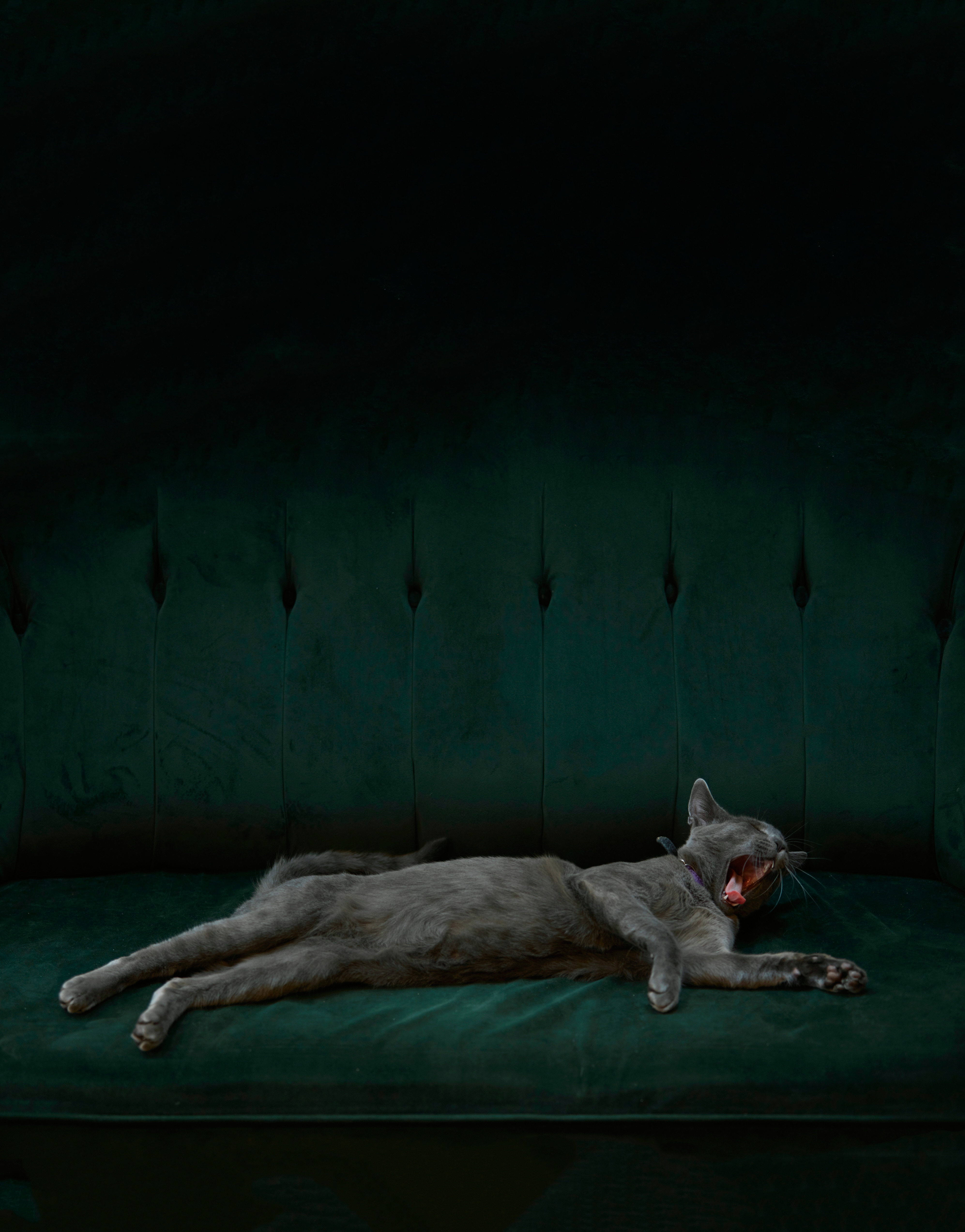
The finalists for the Professional competition of Sony World Photography Awards 2022 have been revealed, with the shortlisted images putting issues like climate change and the Covid crisis in focus. The World Photography Organisation announced the finalists on Tuesday, shortly after the winners of the competition's National Award segment were revealed earlier this month. The Professional competition rewards photographers for "technical skill and an original approach to contemporary subjects."
Established by the World Photography Organisation, the Sony World Photography Awards is now in its 15th year. This year, the Sony World Photography Awards competition received over 340,000 images from across the world. Over 156,000 images were entered to the Professional competition, from which three finalists were selected for each of the 10 categories.
Here's a look at some of the most striking images from the Professional finalists of Sony World Photography Awards 2022.
Photogapher Milan Radisics captured this stunning image of a fox as it jumped on his car's windshield. "Over eight months, I spent almost every night sitting at the window of my cottage in the middle of the forest - where wild animals live almost as neighbours of the villagers," he explained. "I parked in the yard for the first time - it was unusual behaviour for Roxy, she jumped up right away. I wasn't prepared to photograph this scene, but I knew she would be coming back in an hour-and-a-half, I set the lights up and waited in a dark room. I was lucky she jumped up again and watched the camera click inside the car."

Photo Credit: Milan Radisics/Sony World Photography Awards
Photographer Ichio Usui took these pictures in the kitchen using only natural light. "This project involves placing toy eyes on the 'subjects' (items of food waste) to transform them into characters - an effort to visualise the lives that vanish in the process of discarding food," the photographer explained.

Photo Credit: Ichio Usui/Sony World Photography Awards
Celine Pannetier's "Moroccan Breakfast" was shortlisted in the Still Life category. "Stuck home, I decided to investigate and create a series of playful, colourful pictures, with the food I enjoy," she explained.

Photo Credit: Celine Pannetier/Sony World Photography Awards
Hugh Fox's images evoke the quiet, reflective moments of the pandemic. "During lockdown, I photographed my family a lot - this is our cat, Smokey, who spends a lot of his time doing this. It's something we all ended up doing a lot of..." he said.

Photo Credit: Hugh Fox/Sony World Photography Awards
Kyaw Zay Yar Lin's photo shows a volunteer in a Covid-19 rescue unit

Photo Credit: Kyaw Zay Yar Lin/Sony World Photography Awards
Win McNamee's striking photograph captures the US Capitol riots of January 2021. In this image, "Jacob Chansley, also known as the QAnon shaman, cries 'Freedom' inside the US Senate chamber after members of a mob supporting former US President Donald Trump battled their way into the US Capitol in Washington."

Photo Credit: Win McNamee/Sony World Photography Awards
Oana Bakovic's image is titled Intergalactic. "Purple sensations are great flowers to watch and photograph any time, any place, but imagine my luck finding this infinite treasure at the back of the playground at Kew Gardens, in September 2021," the photographer said.

Photo Credit: Oana Bakovic/Sony World Photography Awards
A photo arrangement of 146 individual images from Rene Cassio Scholz. "My city portraits combine the diverse impressions, discoveries and events of a place into one picture," says the photographer.

Photo Credit: Rene Cassio Scholz/Sony World Photography Awards
Julia Ovchinnikova's photo explores "the topic of psychological separation between me and my son", she says. "I live my feelings through my own internal routes, and this journey takes on a physical embodiment - germination."

Photo Credit: Julia Ovchinnikova/Sony World Photography Awards
Mehdi Mohebi Puor's shortlisted photograph was taken at Iran's Miankaleh Wetland. "The shore of the lagoon is full of birds and people who come to the beach are indifferent to their death, as if nothing has happened."

Photo Credit: Mehdi Mohebi Puor/Sony World Photography Awards
"There are few sights as magical as watching whales while in the ocean with them," says photographer Graeme Purdy. "This mother protects her calf as they meander past. A few seconds and it's over."

Photo Credit: Graeme Purdy/Sony World Photography Awards
Arun Kuppuswamy Mohanraj's pandemic project was Diaphonization - the art of clearing and staining subjects - a process which can take many months. "After ethically sourcing the dead subjects, I dehydrated them in 95% ethanol to harden the bones and cartilages inside," he says.

Photo Credit: Arun Kuppuswamy Mohanraj/Sony World Photography Awards
"These images were created using ultraviolet induced visible fluorescence photography (UVIVF), a technique that captures the fluorescence of flowers and plants hit by UV light - and which makes visible what is generally invisible to the naked eye. Photographing in this way reveals vivid, incandescent colours - a chromatic world not detected by our eyes, but that some animals (such as bees) can perceive," says photographer

.
Which of these images struck a chord with you?
Track Latest News Live on NDTV.com and get news updates from India and around the world

